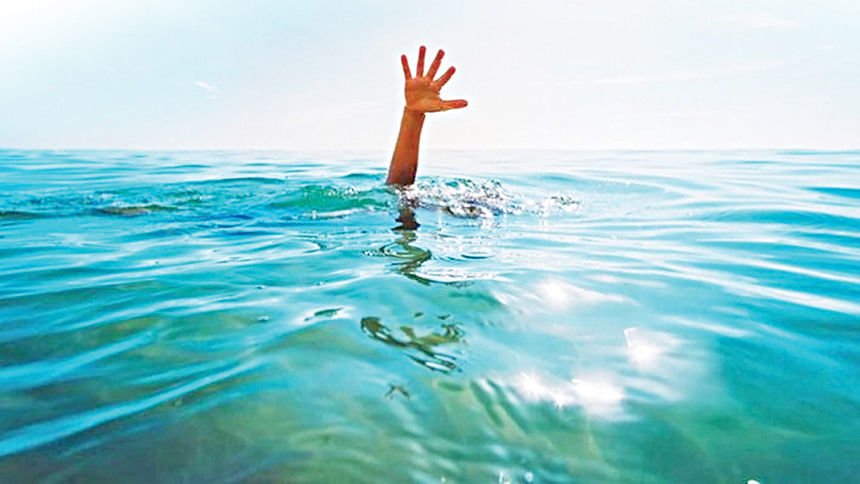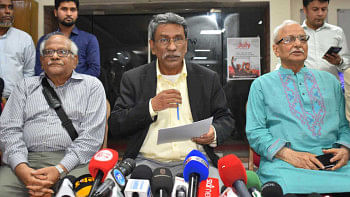World Drowning Prevention Day 2025: sharing stories, saving lives

Each year, more than 300,000 people worldwide lose their lives to drowning—over 80,000 of them in the World Health Organisation (WHO) South-East Asia Region alone. To shine a light on this preventable tragedy, World Drowning Prevention Day is observed every 25 July. This year's theme, "Your story can save a life—Drowning prevention through shared experiences," underscores the importance of learning from lived realities.
Drowning is a silent epidemic, and children are its most vulnerable victims. Globally, it ranks among the top three causes of death for children aged 1–14. Yet, despite its magnitude, drowning prevention has long remained under-prioritised in health and development agendas.
In Southeast Asia, focused advocacy and community-driven interventions have led to real change. Since 2000, the region has achieved a 48% reduction in drowning death rates—surpassing the global average of 38%. The key has been context-specific, inclusive programs that prioritise at-risk populations.
In Bangladesh, the challenges are acute. Rural areas are dotted with open water bodies—ponds, canals, and ditches—that pose daily risks to children. For years, parents, especially mothers, were faced with an impossible choice: leave young children unsupervised or forego livelihoods.
Recognising this dilemma, Bangladesh pioneered a powerful local solution: the Anchal model. These are rural day-care centres where trained carers supervise children aged 1–5 during the hours when drownings most commonly occur. Older children transition into SwimSafe, a program that teaches lifesaving water survival skills in just two weeks. So far, over 700,000 Bangladeshi children have been trained, with studies showing that the risk of drowning drops significantly for children who participate.
Bangladesh's model has drawn international attention, offering a template for other low- and middle-income countries. Its success lies in community ownership, low-cost scalability, and clear impact.
Elsewhere in the region, similar innovations are saving lives. In Sri Lanka, a voice and SMS alert system called Sayuru now delivers real-time weather updates to over 100,000 fishers, slashing storm-related fishing deaths by more than 70%. In Thailand, the Merit Maker program turned a safety campaign into a nationwide movement, cutting child drowning deaths by 57%.
In Nepal, where rivers and lakes present persistent risk, WHO and the Ministry of Health are partnering to conduct rapid community assessments and build local awareness.
These examples show that interventions work—when they are tailored to communities' lived experiences. But more investment is needed, particularly in inclusive strategies that reach children with disabilities and marginalised groups.
On this World Drowning Prevention Day, WHO urges all member states to integrate drowning prevention into national health and development plans. It is not just about numbers—it is about people. Stories of survival, resilience, and innovation deserve to be heard and shared.
Because your story—your experience, your solution—can save a life.

 For all latest news, follow The Daily Star's Google News channel.
For all latest news, follow The Daily Star's Google News channel. 



Comments